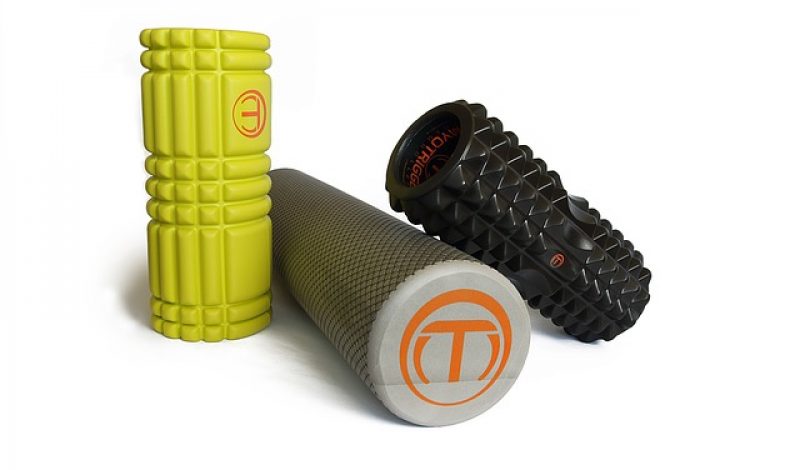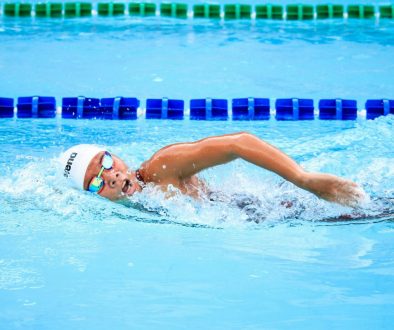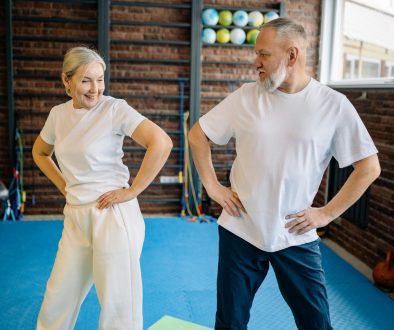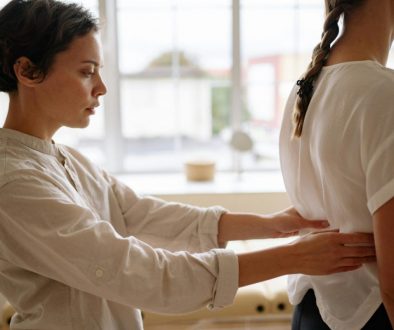Foam rolling and tight calves: a professional opinion
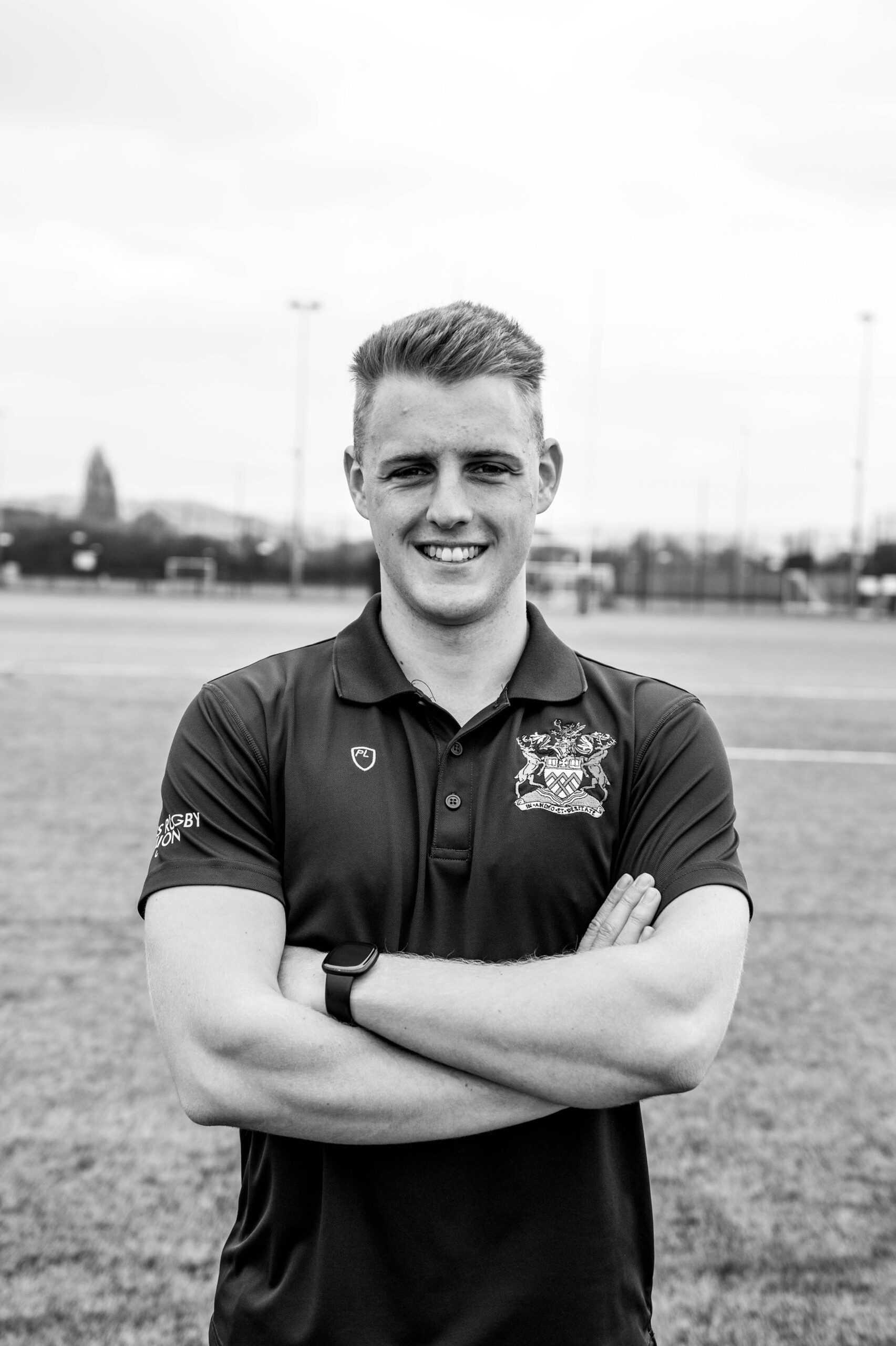
Will foam rolling help my tight calves?
Foam rolling is a form of self-massage that triggers a series of physiological responses similar to that of sports massage, that acts to reduce tightness on most major muscle groups throughout the body. It is low cost and easy to carry out, making it highly accessible to the wider population, which makes it in my opinion, a key tool in recovery. Foam rolling more specifically has been shown to have a positive effect on calf tightness, resulting in an improvement in ankle motion.
How does foam rolling work and will it help my calf pain?
The individual uses their own body weight to create pressure on their calf muscle through the use of the foam roller, by performing small or large motions over the length of the muscle. Studies have found that foam rolling causes a relaxation of the muscle, increased circulation, including venous return and can provide an improvement in joint motion when specifically looking at the ankle. These responses play a major role in relieving calf tightness and improving flexibility, by decreasing the recovery time and for some cases pain.
How often should I loosen my calf muscles?
Foam rolling is perfect to use at any time but it is most effective when the user is suffering from calf tightness. It has been found to be effective at differing intervals post-exercise. For example, in runners, this is immediately one hour and twenty-four hours following a run. The effects upon relieving muscle tightness after the initial forty-eight hours start to decrease however, it is still a useful tool to then increase muscle flexibility throughout the entire recovery process.
The optimal duration of foam rolling is often argued. It is generally considered that thirty seconds on each muscle group, repeated three times is the most effective method in relieving calf tightness. It has also been shown that foam rolling for more than five minutes in duration, becomes no more effective at reducing tightness. Also, a single one-off session of foam rolling following exercise correlates less well with an accelerated recovery time.
What is the best type of foam roller to use for my calves?
There are three main types of foam roller available to purchase, all of which are shown to provide a benefit. They come in a smooth, “multilevel” or “grid-patterned” sort. The best sort to use according to the literature is the multilevel foam roller, which is generally the most commonly used and kept in gyms. It is able to cover a higher surface area but still compresses the muscle. The least effective is the smooth foam roller, as it doesn’t produce as much pressure as the other two types, however, if you are new to foam rolling and have very sore or sensitive muscles, then this is a fantastic starting point and will still provide a very good benefit.
A word on sleep…
As a sports therapist, a question I’m often asked is about the best way to recover from a training session or a sporting event. As I have highlighted, foam rolling certainly is an easy and accessible contributing solution to minimising muscle soreness. Sleep however, is by far the most important recovery method as it has the ability to facilitate recovery and promote muscle growth during the deep sleep phase. This outweighs any recovery method no matter what you’re told, it’s as simple as; lack of sleep, lack of recovery. Studies have also shown its importance in preventing injuries with a 75% increase in injury rate with 6 hours sleep, compared to just 18% risk with 9 hours sleep. So the take home message is that you can’t necessarily out-roll a poor night’s sleep!
To summarise the key points about using a foam roller:
There are a wealth of different recovery methods out there and it can be quite hard to differentiate between the best (and proven) techniques and just the myths. In my own clinical experience and from the research I have carried out within the field of sports therapy, there is nothing better on the market than good sleep and regular stretching. But to add a little extra to your recovery, the foam roller is a cheap and simple tool, so it gets a thumbs up from me. It has been proven by peer reviewed literature to have positive effects on muscle soreness, rather than other modalities in the sporting world that are a little more ambiguous. However like most things, consistency is also important, and so whether you are a high-level athlete, or just trying to combat the niggles from some casual exercises, it’s a good idea to make foam rolling part of your daily routine.
Written by Tommy Jermyn
BSc Sports Therapy
Providing injury diagnoses, treatment (including sports massage) and rehabilitation
If you wish to make an appointment or require more expert advice on rehabilitating an injury, then you can book through with Tommy through our website
*Please note that references are available on request*
References
Cheatham, S. W., & Stull, K. R. (2019). Roller massage: Comparison of three different surface type pattern foam rollers on passive knee range of motion and pain perception. Journal of Bodywork and Movement Therapies, 23(3), 555-560.
Junker, D. H., & Stöggl, T. L. (2015). The foam roll as a tool to improve hamstring flexibility. Journal of Strength and Conditioning Research, 29(12), 3480-3485.
Koli, S., Kanhere, A., & Ghodey, S. (2019). Comparative study of immediate effect of self-myofascial release versus passive stretching on ankle dorsiflexion range of motion over triceps surae in recreational marathon runners. International journal of scientific research, 8(4).
Nédélec, M., McCall, A., Carling, C., Legall, F., Berthoin, S., & Dupont, G. (2012). Recovery in soccer: Part I—Post-match fatigue and time course of recovery. Sports Medicine, 42(12), 997-1015.


